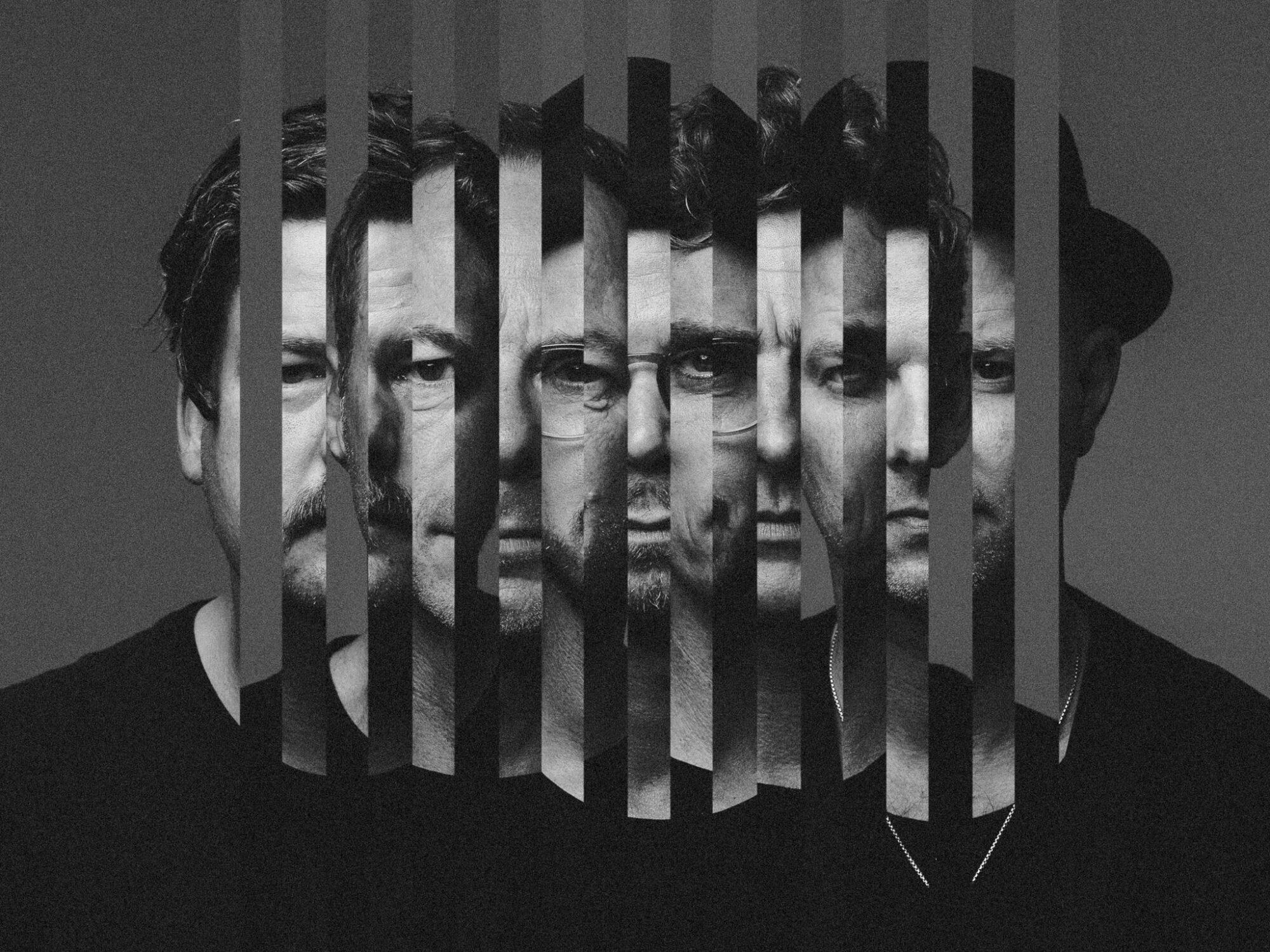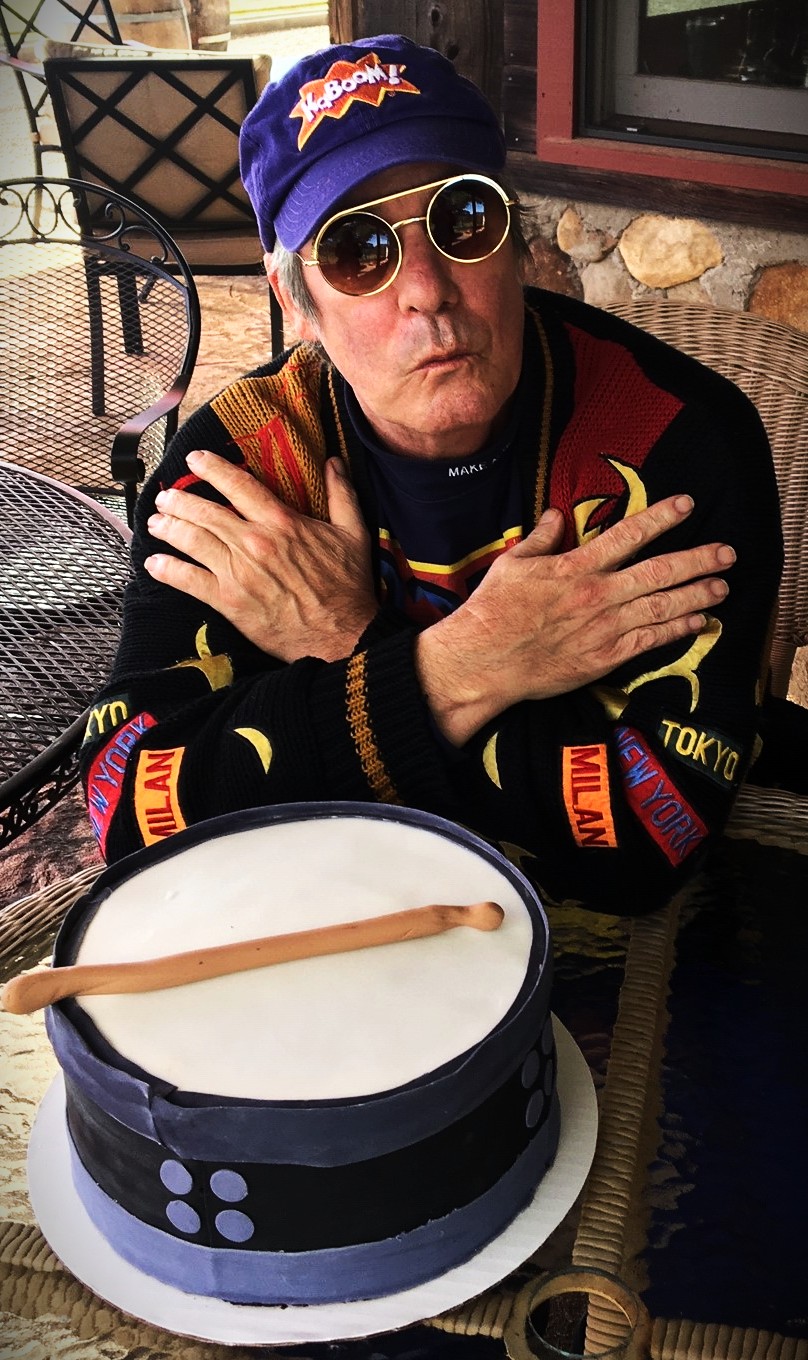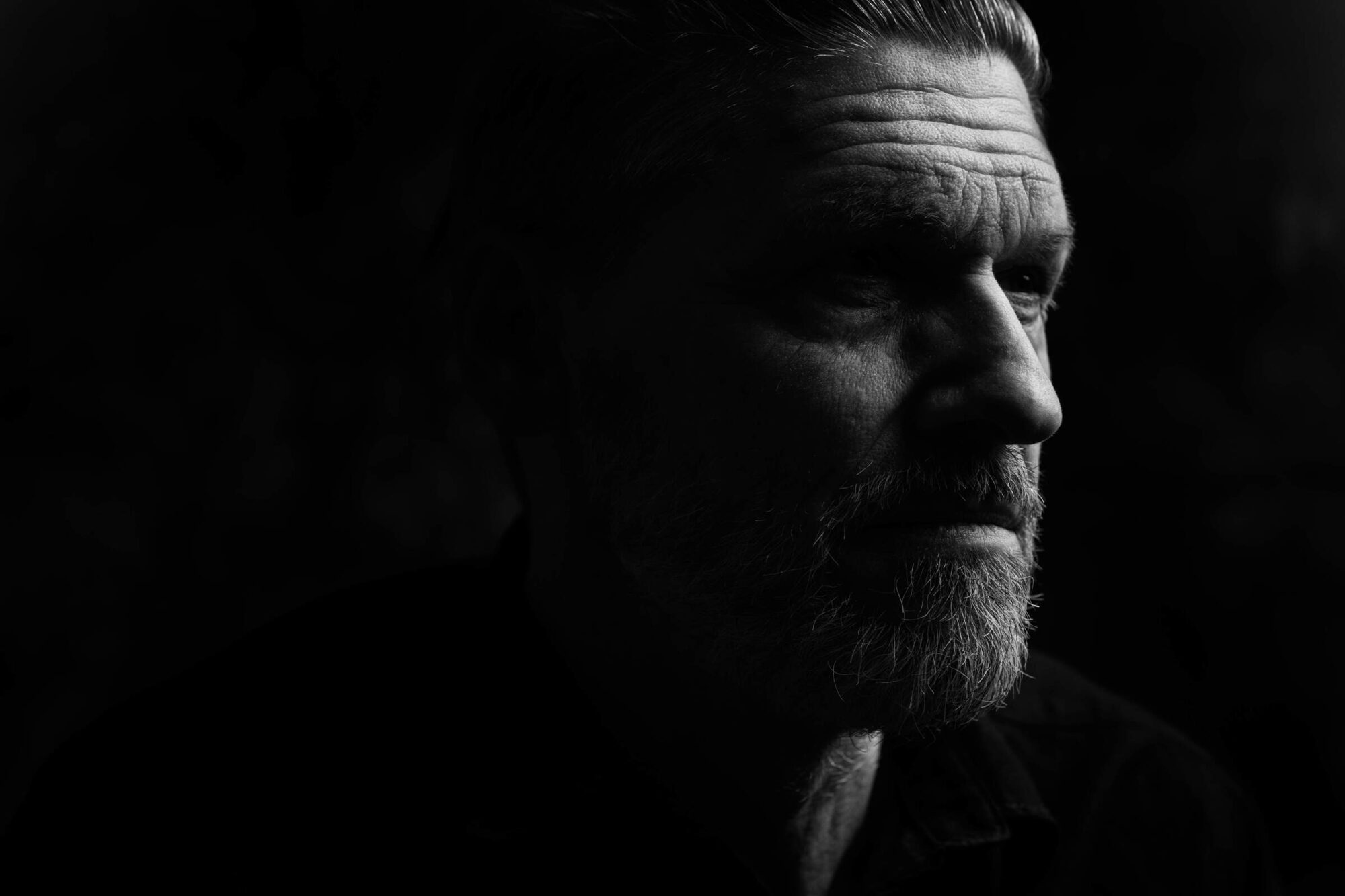Heron Oblivion | Marrying U.S. Psychedelic Rock with British Acid Folk | Interview
Those of you who’ve been following underground music for the past ten years might know bands like Comets On Fire, Six Organs of Admittance, Sic Alps and Espers. Now, if you are familiar with those bands you can imagine how a fusion between them would sound like and you’ll get near of what Heron Oblivion represents.
I’ve been following music for as long as I can remember and I have to admit that Heron Oblivion are among the top discoveries lately. The band consists of singer/drummer Meg Baird (Espers, Watery Love, The Baird Sisters. She also has a solo carrier), guitarist Charlie Saufley (Assemble Head In Sunburst Sound), Ethan Miller on bass (Comets On Fire, Howlin’ Rain, Feral Ohms) and guitarist Noel Von Harmonson (who was also in Comets On Fire, besides being in Sic Alps and Six Organs Of Admittance).
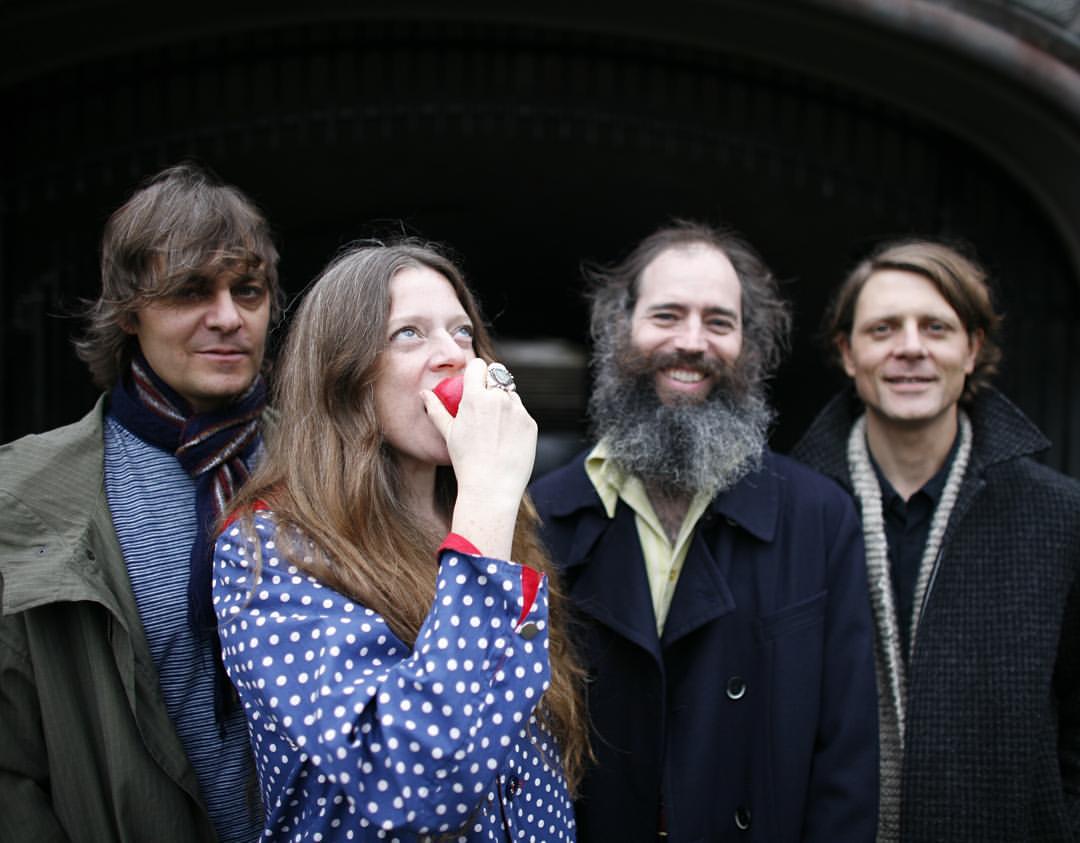
Imagine a band marrying U.S. Psychedelic Rock with British Acid Folk. Their sound is unsaturated and overall the production is really good.
How did Heron Oblivion come about?
Meg Baird: The collaboration started when Ethan and Noel invited both Charlie and I to join them for a band called Wicked Mace – their project that incorporated a rotating cycle of different musicians. Those first sessions got us started playing together.
Charlie Saufley: Some due has to go to Watery Love – the Philly cave-punk band that got Meg behind the drums. I think hearing and seeing Watery Love, who could be ferocious, opened all of our eyes about what Meg could do beyond singing and playing guitar. The deliciousness of those possibilities was there from the start. But we were thinking primarily about very open-ended jams that were pretty barbaric in nature. Meg’s vocals and the songs were not some part of a bigger plan. That potential made itself apparent over time and through playing together.
How do you think Heron Oblivion reflects your past involvements?
Meg: The band draws on a life-long, genuine attraction to music for all of us. We draw on everything from our music history. Not just the music we’ve heard and loved and decoded along the way, but the unique, personal experience of playing music together – the things that you can only learn directly and from other musicians and from being around live music for so long.
Charlie: Everything goes into the H.O. pot. I don’t think the influence of past bands exists apart from the fact that those bands were reflective of our personalities and the personal musical influences. Those same forces are at work here. I think anyone that waded through our rehearsal space jam tapes would be surprised at how much is on the table stylistically speaking – and that comes more from following the spark at the moment than the past.
How was the album recorded?
Noel V. Harmonson: We recorded all of the instruments together live in a tiny basement room and Meg did the vocals afterward. A few of the songs were just barely finished by the time we hit the studio so we needed to be able to see each for a few visual cues and signals to make sure we got things right. More importantly, the songs on the record are really group pieces and needed that cohesive unit feel for them to get the energy right. We did a handful of takes of each song with slightly different approaches and then went back and chose the best performances.
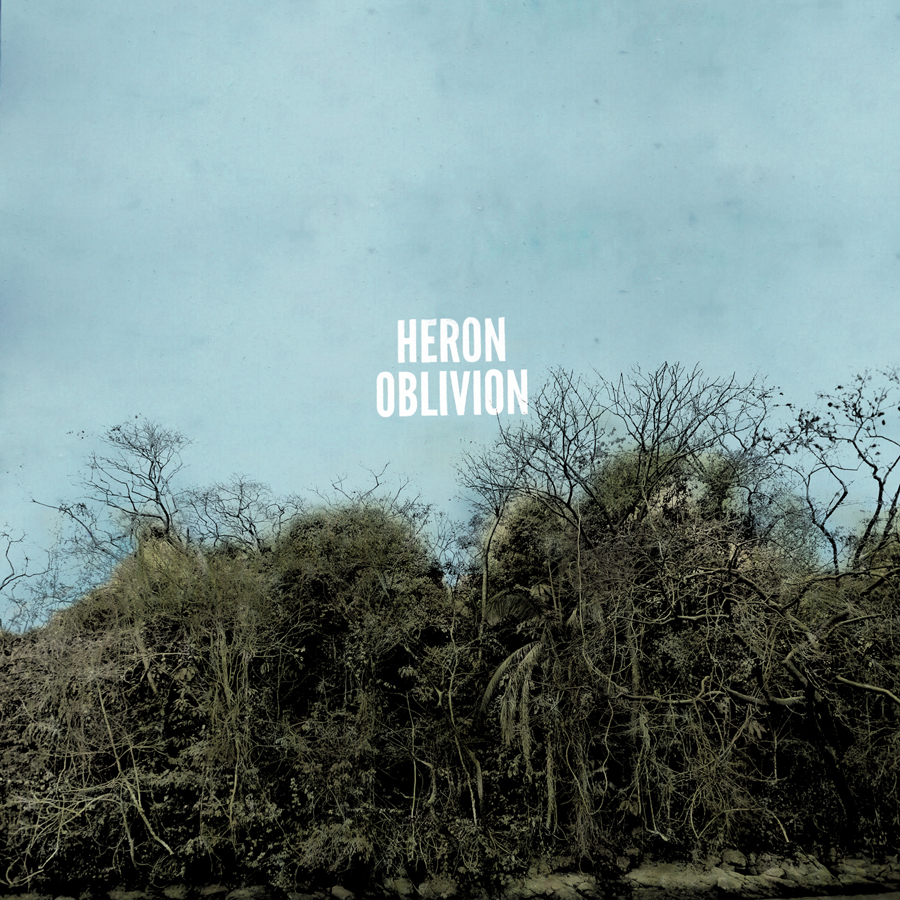
How do you approach songwriting?
Meg: The approach is really collaborative. Most songs start from a chord structure someone brings in, or that we just hit upon while working together. Everyone adds ideas to help arrange, and melodies are composed either on the fly in the rehearsal space, or in a few cases, at home over rehearsal tapes. Ethan’s incredible energy and drive for documentation and quick ear for arranging has been especially critical to our process of getting this group of songs together.
Charlie: I think much of the original Wicked Mace – style concept of open architecture persists. Everyone gets a real kick out of whittling away collectively at a simple set of chords someone has brought in.
You supported Kurt Vile on his tour.
Meg: I’ve known Kurt and Jesse for a long time from Philadelphia, but I’m not entirely sure where the idea came from. It could have also been our mutual friend Rennie Jaffe who works with Kurt and is always so filled with great ideas and support. It was very natural. I’d never really thought about it that specifically.
Charlie: That tour was so fun and symbolic in a way. Meg brought Kurt and Jesse out to the west coast several years ago – Kurt’s first acoustic, West Coast tour. Meg and Kurt both played at an eviction party that Comets and Assemble Head were having because we’d been kicked out of our shared practice space. It was fun thinking about that tour as an extension of that moment. There’s just a lot of simpatico there too. Kurt and his crew are cut from the same curious, still-searching, kind of musical cloth as were are.
Is it too soon to ask if you have any new material?
Meg: Not too soon! It kind of feels like we should already have a new album ready! But we are working on getting new songs to take shape, and it’s really nice to let some time and space pass before latching on to exactly what’s going to happen next.
Noel: Yeah, we have a lot of new stuff kicking around. Lots really interesting ideas. Some stuff in the same vein and some stuff pushing a little further out in all of the directions we’ve flirted with so far. Our creative process is flowing better than ever, it’s very exciting.
Charlie: Yeah, I like the new stuff coming together in the jam space. I can see a lot of horizon and potential directions from where we’re standing collectively.
How would you describe your music and what is your opinion about categorizing music just for the sake of promotion?
Meg: I do feel like those hyper specific categories are really marketing terms, and they don’t really reflect the long conversation in recorded music history. Could it be an “everything music?” Everything bagels are really popular when you can’t make up your mind, so maybe something like that could work?
I feel like some of the attempt to categorize music in this way – especially the term “psychedelic” – relates most closely to the super ancient idea of an Apollonian/Dionysian dichotomy. I can’t speak to it on any kind of a real academic or philosophical level, but I often feel like this is really what people are talking about when distinguishing music as being “psychedelic” or not. The Dionysian stuff would be the chaotic “psychedelic” type of music that lends itself to interior and expansive spaces. The Apollonian would fit into the order of accepted institutions much better – it would be at home in the white columns and white box. It feels like asking the question “Is this a chaotic, from-who-knows – where outsider rock and roll party, or a known-quantity kind of art party?” I always hope it’s both and I’m pretty sure that these two ideas are supposed to be intrinsically inter-related at their root, and that’s a big relief.
Charlie: Yeah, I don’t mind the psychedelic label. Increasingly, it tends to be a very inclusive term and more suggestive of a mood or feel, really. I think we’ve moved beyond the term evoking velvet flares and backwards solos exclusively. That’s good. I wish more of life, in general, was more psychedelic and mysterious. The Internet age can be very bland and monochrome.
Who did the cover artwork?
Charlie: Ethan shot the front cover. I can’t remember if it’s Mexico or Panama. The back cover is a Polaroid of an abandoned shack on the coast between San Francisco and Santa Cruz I took many years ago. It probably doesn’t exist anymore. We were gravitating toward very Tarkovsky-like images when we picked those. Lots of thought about the subconscious and weight of memory. Things like that.
What are you currently up to?
Noel: Just hanging around. Went out to something like a sample sale at a great local ceramics shop a few towns over and day tripped in the rain. Gave the dog a bath and then we ate dinner and watched Polanski’s “Carnage” from a few years ago (it was great!) and sipping on this sparkling drink that I make with apple cider vinegar, ginger, and maple syrup. A pretty wild Saturday night.
Meg: Hey, Noel-that sounds great! Yes, we have been at home of late, and alternately enjoying (or dreading) the day-to-day, working on other projects, rehearsing for an upcoming tour, and thinking about new stuff ahead. I’m trying to buy a really big book shelf, and get over a newly found driving anxiety I’ve gotten since moving out to the Bay Area.
Charlie: Trying to be in the natural, real world as much as possible.
Is Heron Oblivion your main occupation now or are you also involved with any other projects?
Noel: I’m currently working on another album with Dylan Shearer. I’m playing drums again for him with Petey (from Thee Oh Sees). The record will be released by Castle Face whenever we actually finish it.
Meg: I’m still working on my solo work and I’m always playing music with Charlie at home too. I’m really excited that it looks like a Baird Sisters release may be happening later this year too.
Charlie: Meg and I are always stockpiling stuff for a record we keep meaning to make – a kinda spooky homebrew record. I also work with Mike Lardas, the drummer from Assemble Head in a project that’s based on little more on beats and sonic collage. I’ll try to finish my own spooky homebrew record too before too long, though this year will probably be too busy for that to happen.
Who is Heron?
Noel: It’s a friend we know.
Meg: Naming a band is a pretty humiliating process.
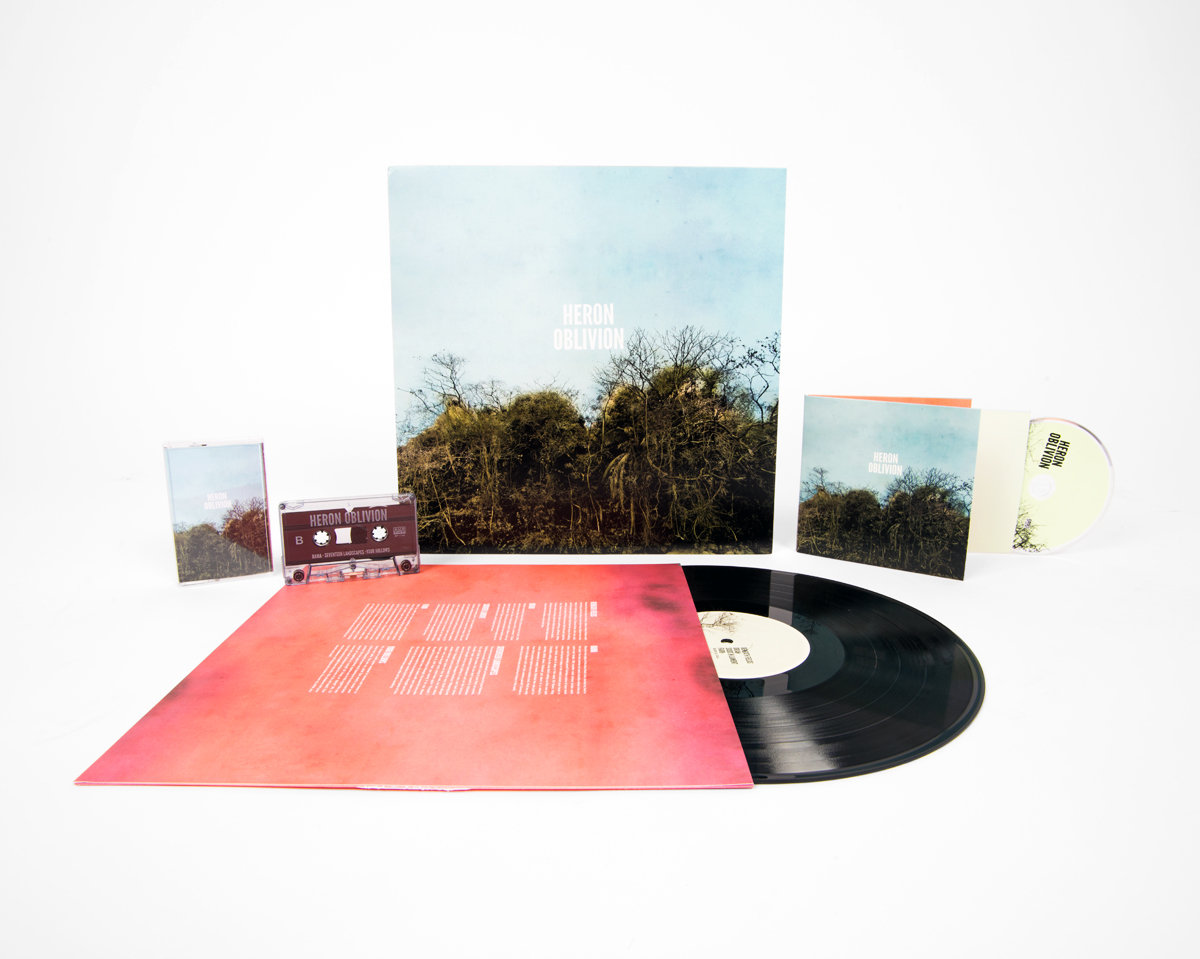
What’s you opinion about old music formats coming back to life?
Noel: I think we’re all vinyl collectors to a certain degree but none of us are obsessive about the format. I’ll take whatever I can get whether it’s an LP, a coverless CDR, or some audio files. I’m anxious to dig into tunes and the format isn’t really a dealbreaker for me. I would prefer to own everything I love on vinyl if I only had the space for it!
Meg: I’m not remotely an audiophile or into anything like that when it comes to music formats. I do know that stuff can be very real and can be heard, and it’s really fun to go to someone’s house that’s all set up with a system, but it’s certainly not the main part of listening or liking music for me. Sound can be streaming online or an mp3 and it’s not going to prevent me from hearing and enjoying the music. There is a point where the sound quality can get so poor and annoying and frustrating (mostly because if what you aren’t hearing) but I have a wide threshold.
I also love vinyl records like I love printed books, and how they feel closer to a longer history of manufacturing, engineering, and disseminating information. I also prefer how flaws sound in an analog format. I like the way those adjustments happen far more seamlessly in your mind than they do in digital formats – where the info is either there or it’s gone – with no wobble.
I also really like just the process of listening to records or tapes or cd’s – it feels like a closed system that sounds good, garners all your focus and isn’t tied into a bossy, organized online digital system. That stuff is fine, just not my first choice or preference at all. My father was an electrical tech at RCA communications, so I come by all this very naturally. His work was focused on communication satellites, but there was no lack of “his master’s voice” imagery around the house. I talked to him about sound and technology a lot. My father still likes CDs best as the noise from vinyl records bothered him, and he really appreciated the engineering that went into the CD format.
Cassettes are cheap and fun and immediate to produce – I think it’s nice that they are having a little comeback, I don’t find it precious or anything like that. They can probably even be recycled these days?
Charlie: Maybe a wider audience is seeing through the illusion of digital music – choosing convenience while ignoring the fact that it’s the crappiest, most ephemeral form of all. That would be encouraging. Digital music so often sounds so bad. I do think there is a little cultural fetishization at work when it comes to the vinyl renaissance – there’s a lot of marketing based on “authentic” experiences, largely directed at digital age kids. But if it sends them in a positive direction, that’s a good outcome. I’ll enjoy music any way I can though.
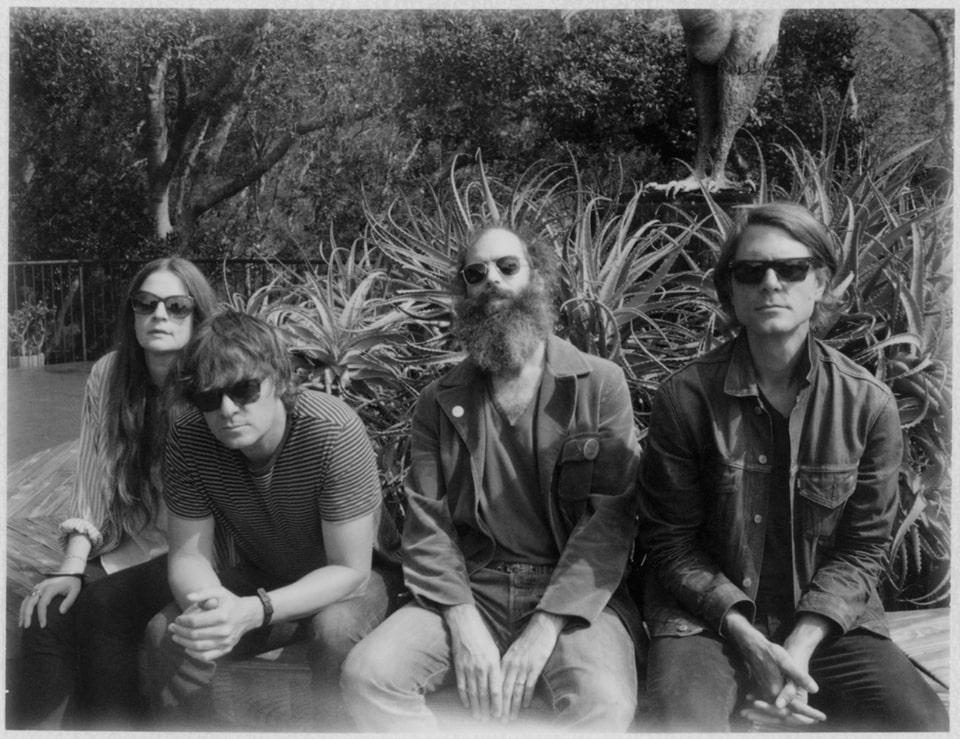
Have you found something new lately you would like to recommend to our readers?
Noel: Just by taking a look at what’s near the turntable: Maki Asakawa LP collection, The Beat of the Earth LP, a few LP’s by Bill Orcutt, Phil Yost ‘Touchwood’s Dream’, an LP by Jacqueline Taieb that’s probably a collection of her best YeYe stuff and a copy of the Frank Wright Quartet’s ‘Church Number Nine’ that my friend Tim Daly gave me that absolutely scorches.
Charlie: Loving Matt Valentine’s new ‘Blazing Grace’ LP. Ben Chasny turned us on to this ‘Les Filles de Illeghadad’ LP that’s astounding. Second Noel on the Bill Orcutt stuff. A few recent performances we saw were pretty hot and illuminated. And The Beat of the Earth and Electronic Hole records have been in regular rotation too.
Klemen Breznikar
Heron Oblivion Facebook / Instagram / Twitter / SoundCloud / Bandcamp
Sub Pop Records Official Website / Facebook / Instagram / Twitter / Bandcamp / YouTube

